The old “one-size-fits-all” car insurance model is quickly losing ground in 2025. Usage-based insurance (UBI) is a better and fairer option. With UBI, what you pay is directly related to how much and how well you drive.
Due to inflation, remote work, and changing driving habits, UBI is becoming more popular, and pay-per-mile insurance is at the forefront. Is this just a trend, or is it the future of car insurance?
⸻
1. What is UBI, or usage-based insurance?
UBI uses telematics, which are small devices or smartphone apps, to keep track of how far you drive, how you drive (like speeding, braking, and accelerating), and even what time of day you are on the road. This information helps insurance companies set your rate based on real risk instead of general assumptions.
There are two main types of models:
• Pay-as-you-drive (PAYD): Charges based on the total number of miles driven
• Pay-how-you-drive (PHYD): Fees based on how you drive and what you do while driving
⸻
2. Why UBI Is Getting More Popular in 2025
Remote work and hybrid schedules have cut down on daily commutes by a lot. A lot of drivers now drive fewer miles each year, but they still pay the same high premiums as heavy drivers. UBI fixes this by giving low-mileage drivers better rates.
Important Fact: A JD Power report from 2025 found that 42% of U.S. drivers would switch insurance companies if they were offered a pay-per-mile plan.
⸻
3. Who is in charge of the UBI market?
Metromile, Root, and Mile Auto were some of the first insurtech startups to use the model. Even older insurance companies are getting on board now:
• Drivewise from Allstate gives safe drivers big discounts.
• Progressive’s Snapshot keeps track of both mileage and behavior.
• Liberty Mutual and State Farm have introduced new UBI options in more than 20 states.
These programs are now built into mobile apps, which have real-time dashboards and feedback that is tailored to each user.
⸻
4. The Good and Bad Things About Pay-Per-Mile Insurance
Pros:
• Prices are fairer for drivers who don’t drive much and are safe
• Real-time driving insights to help drivers change their behavior
• Clear data-based discounts
Cons:
• Sharing data could raise privacy concerns
• Rates could go up for drivers who drive a lot, take risks, or drive at night
• Long-distance commuters may not benefit
⸻
5. Is UBI the future or just a niche?
Analysts think that by 2028, UBI will make up 25% to 30% of the personal auto insurance market. This is because more people are using electric vehicles and living in cities, which means they use their cars less. Telematics data also helps insurance companies process claims more quickly and find fraud more easily.
Still, issues with data ethics and rules must be dealt with. UBI is currently most effective for low-mileage, secure, technologically proficient drivers; however, as acceptance increases, it may evolve into the standard model of automobile insurance.
⸻
Final Thoughts: Pay Less, Drive Less
Usage-based insurance is no longer a fringe idea in 2025. It’s a growing option that promises fairness, openness, and customization. As people’s habits change, UBI is not only a product; it’s also setting itself up to be the standard in auto insurance in the future.
Maybe it’s time for your premium to go down if you drive less.
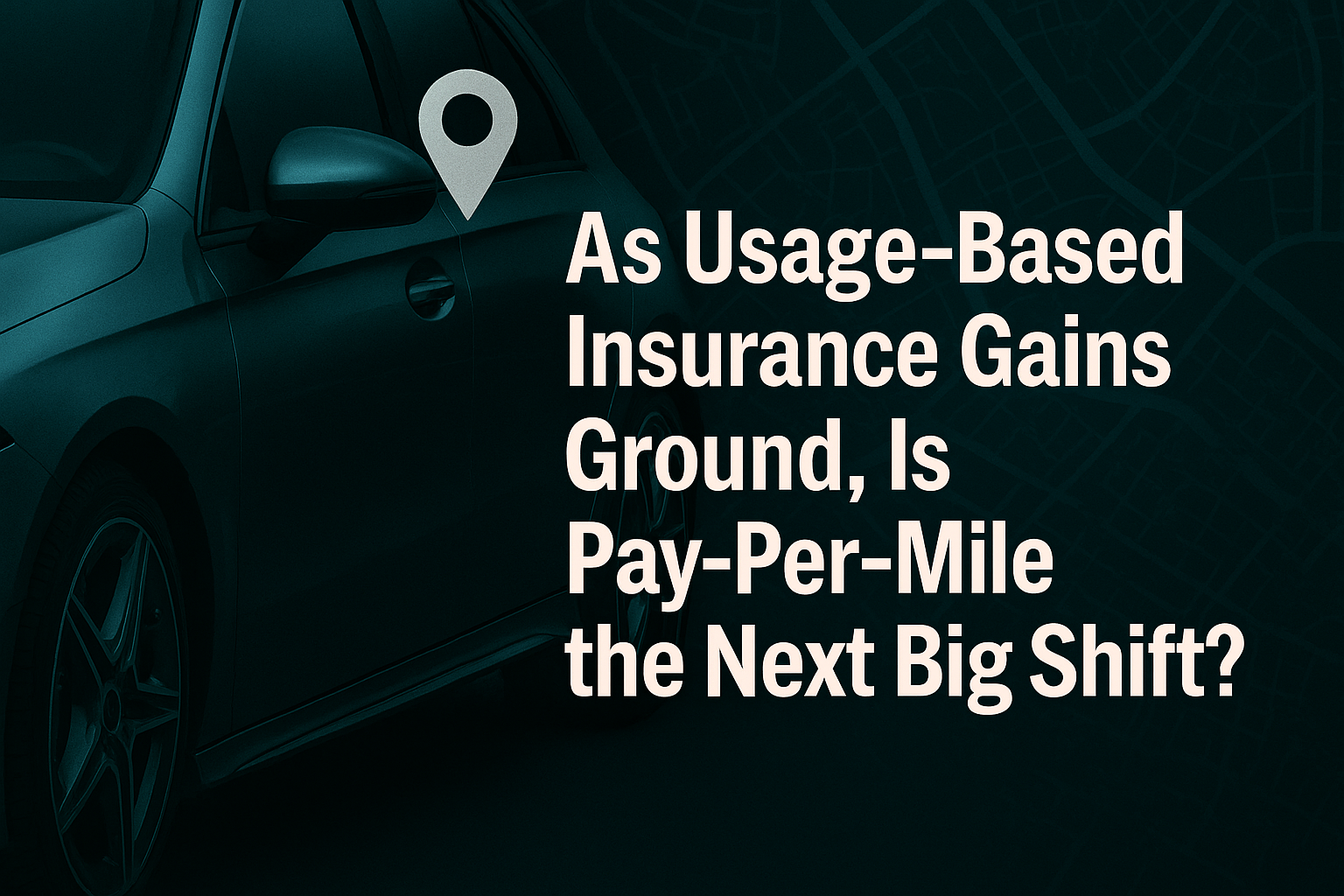
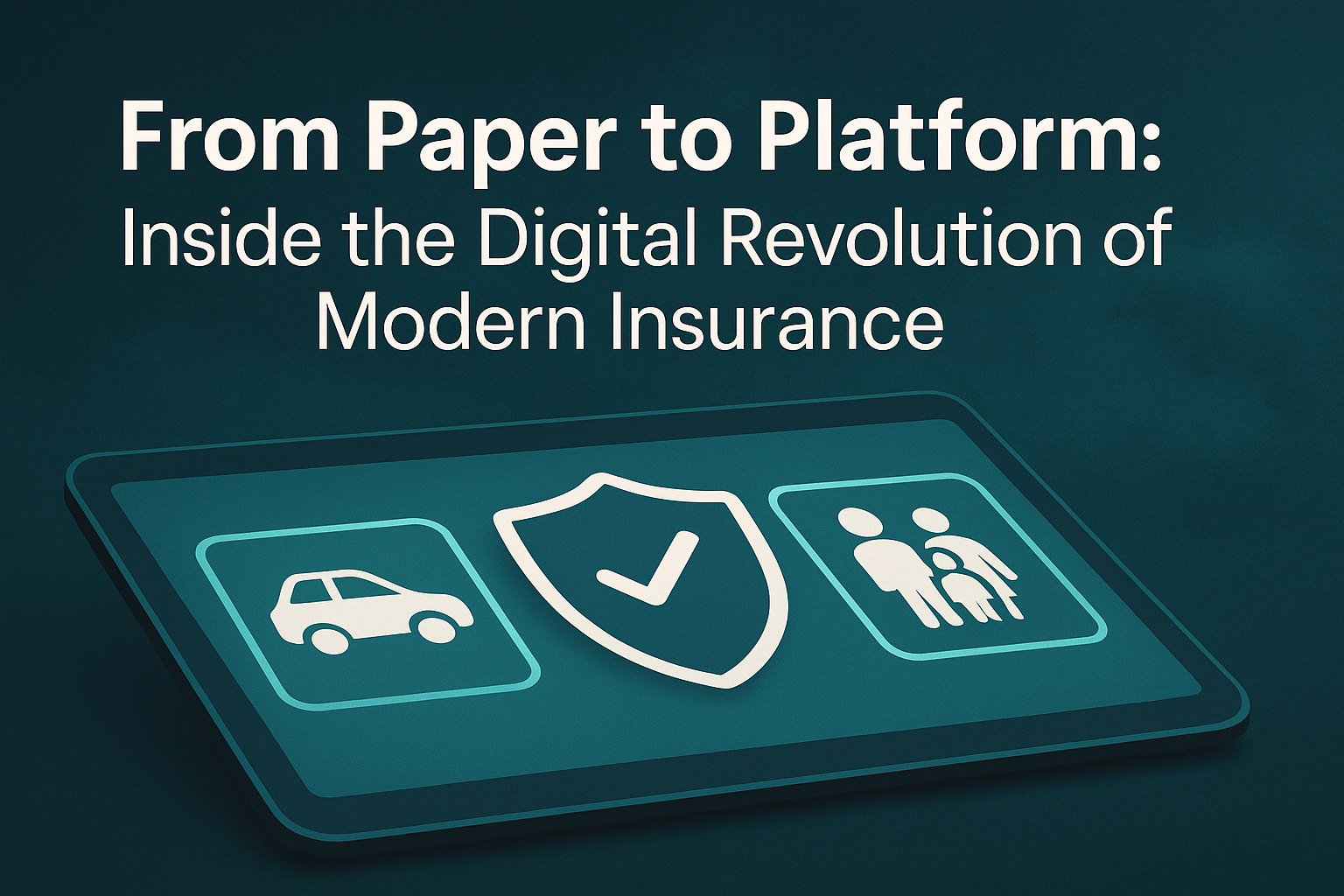
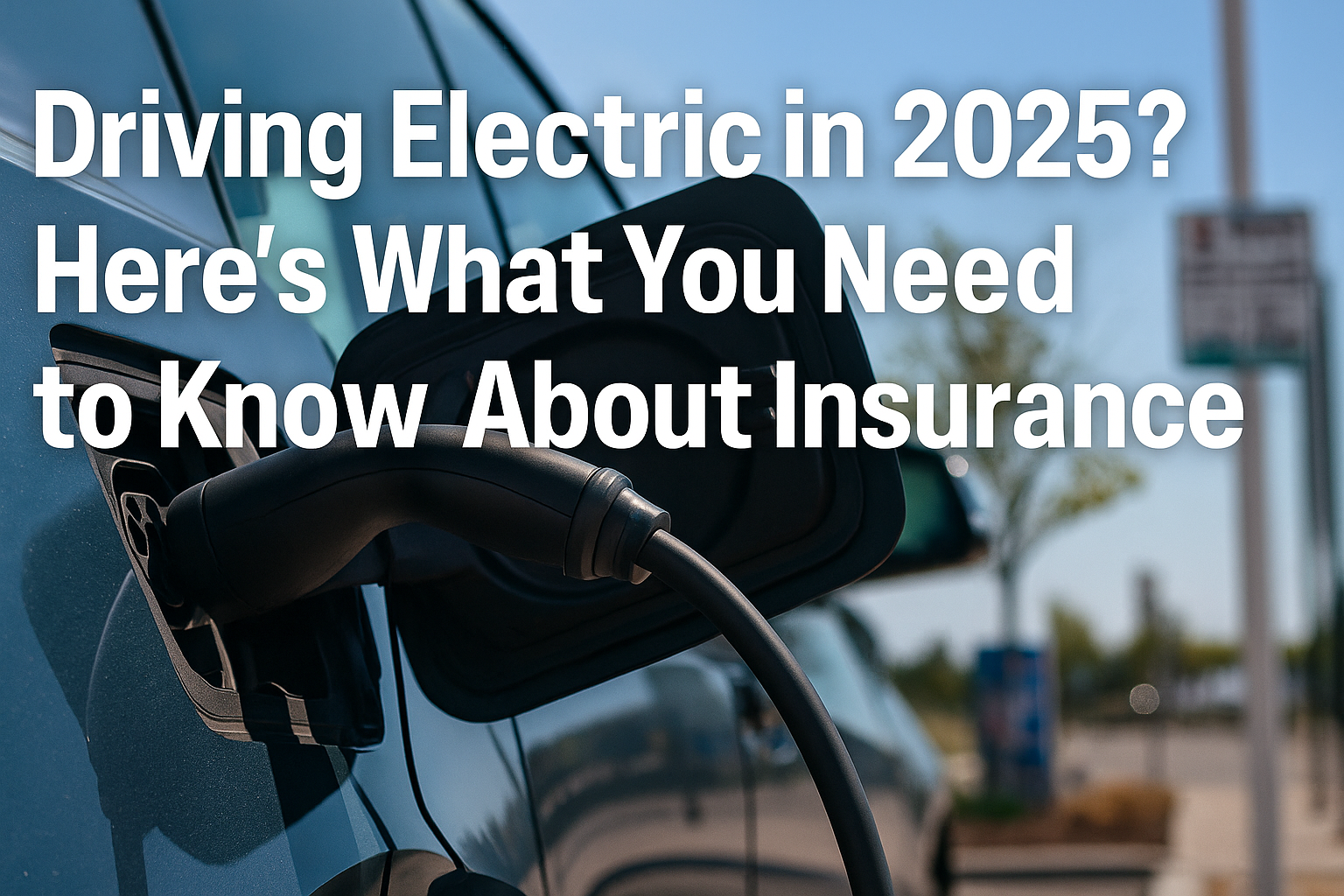
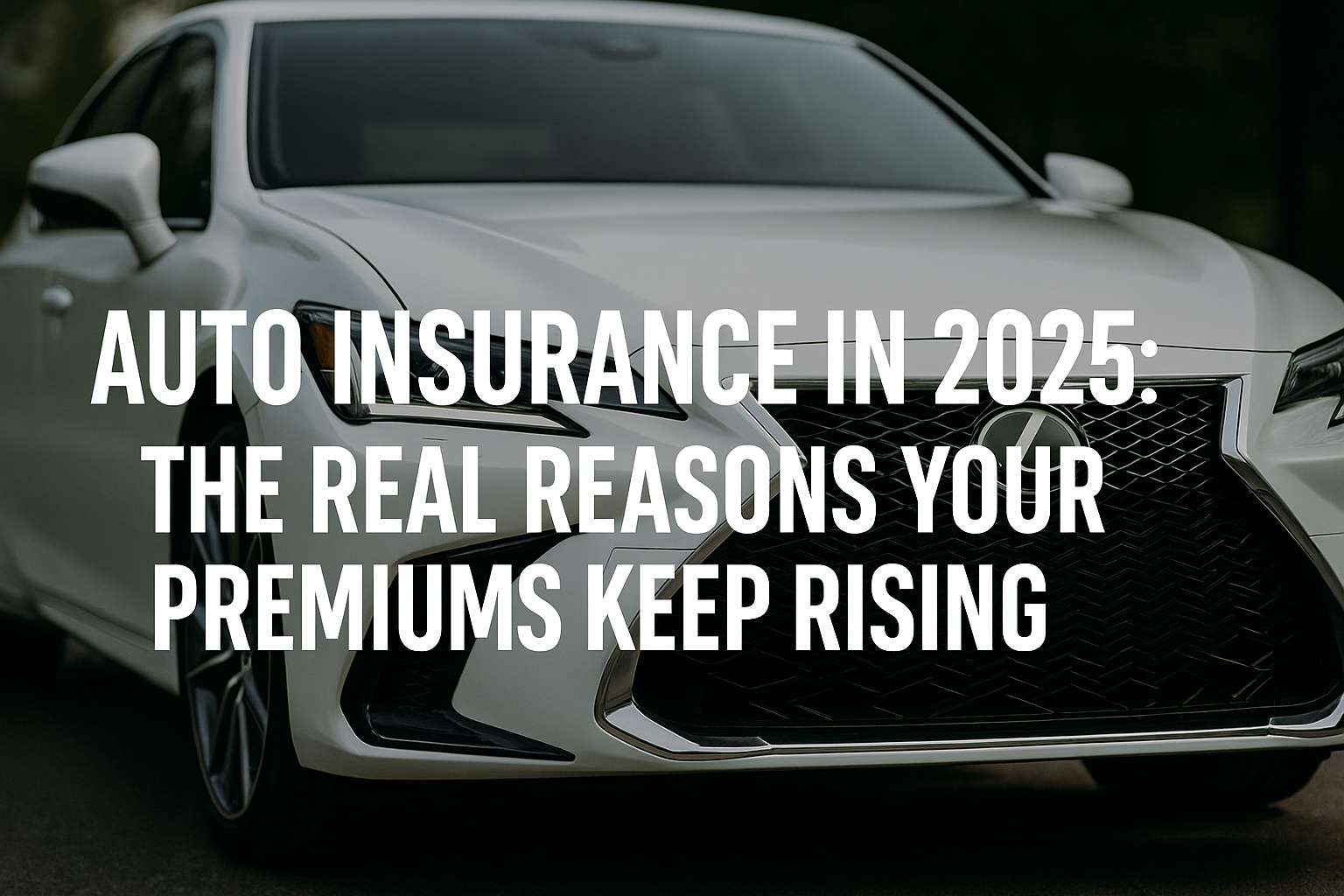
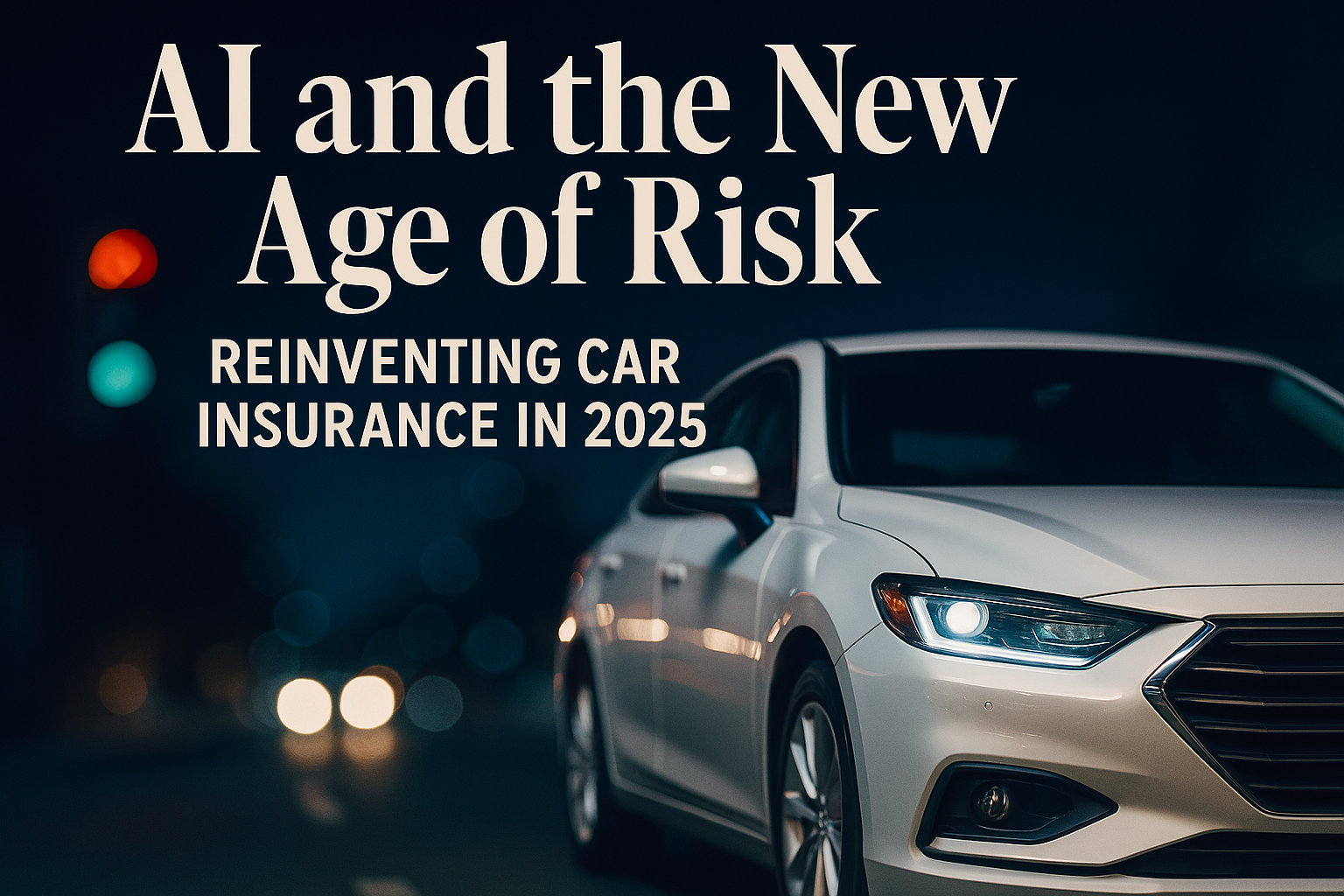




Leave a Reply